Tramonto sulle Mainarde 2
2018
You may also like
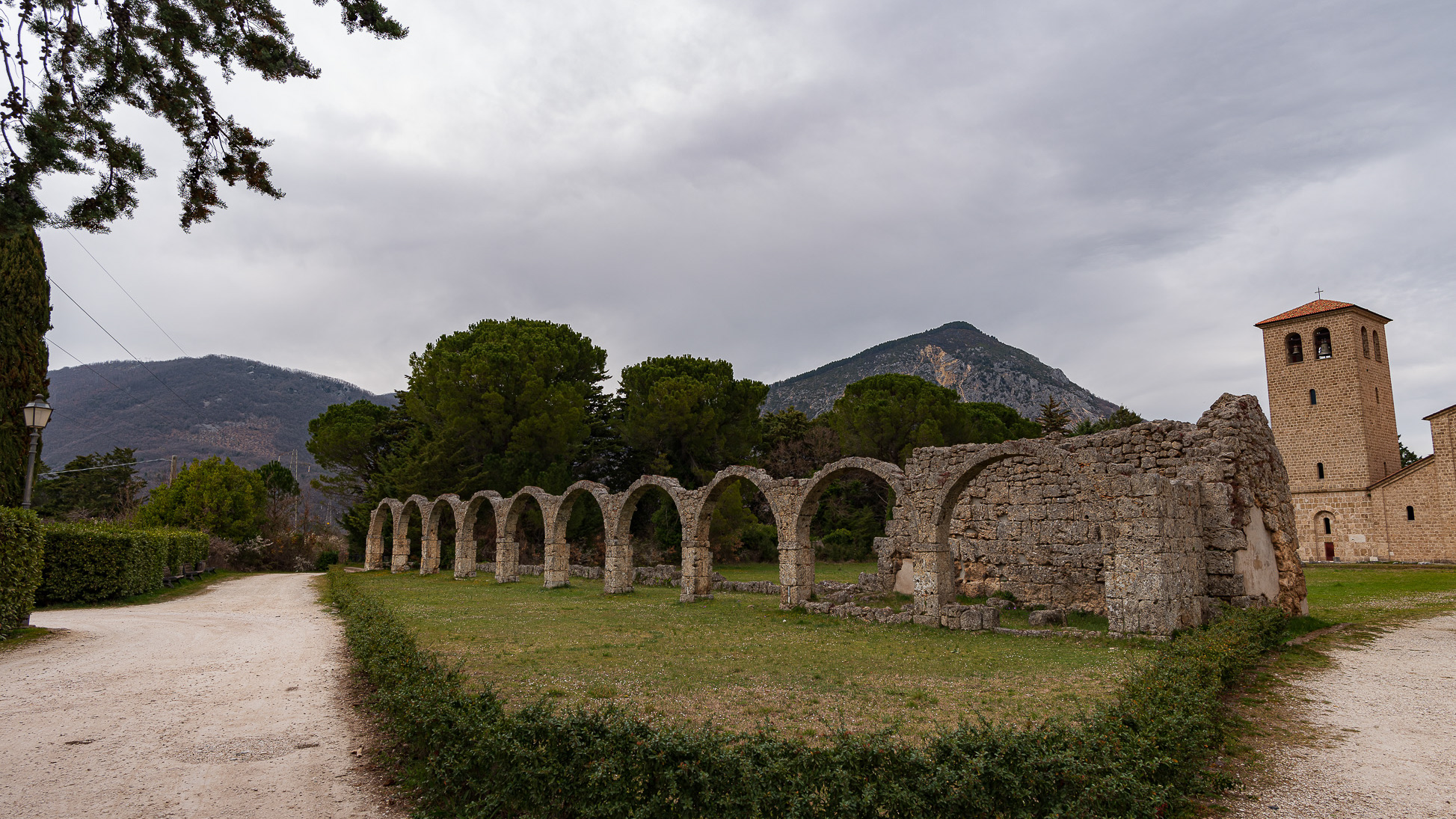
2022
Benedictine Abbey of S. Vincenzo al Volturno
The Benedictine Abbey of San Vincenzo al Volturno is located about two kilometers from the sources of the river of the same name, in a favorable position on the fertile Piana di Rocchetta, defended by the Mainarde and Meta ranges to the west and the Matese massif to the south. On the affairs of the monastery we are informed by the Chronicon Vulturnense, an illuminated manuscript written in 1130 by a monk named Giovanni, who had in turn used internal sources of the VIII-XI century monastery. According to the Chronicon, the foundation dates back to the beginning of the 8th century and was due to three nobles from Benevento, Paldo, Taso and Tato, and to their search for a place to devote themselves to the ascetic life. The chosen area was frequented in late Roman times as shown by the remains of a church and a sepulchral area from the 5th-6th century AD

2018
Rionero Sannitico (IS), la Chiesa Madre
La Chiesa Madre, dedicata a San Bartolomeo Apostolo e costruita nel 1717, rappresenta il maggior esempio artistico tra gli edifici sopravvissuti alla guerra e ai terremoti. Al suo interno vi sono ancora presenti degli affreschi, di indubbio valore storico-artistico, risalenti al XVIII secolo. Di altri affreschi, gravemente danneggiati dal terremoto del 1984, è rimasta sfortunatamente solo qualche fotografia a testimonianza di come la Chiesa abbia vissuto tempi più floridi.

2023
Rocchetta in Volturno. Sanctuary of S. M. delle Grotte
Of Benedictine architecture, between the 13th and 14th centuries the Sanctuary, which is flanked by a monastery, represents a complex of very significant religious importance.

2025
Sant’Elena Sannita. Church of St. Michael the Archangel
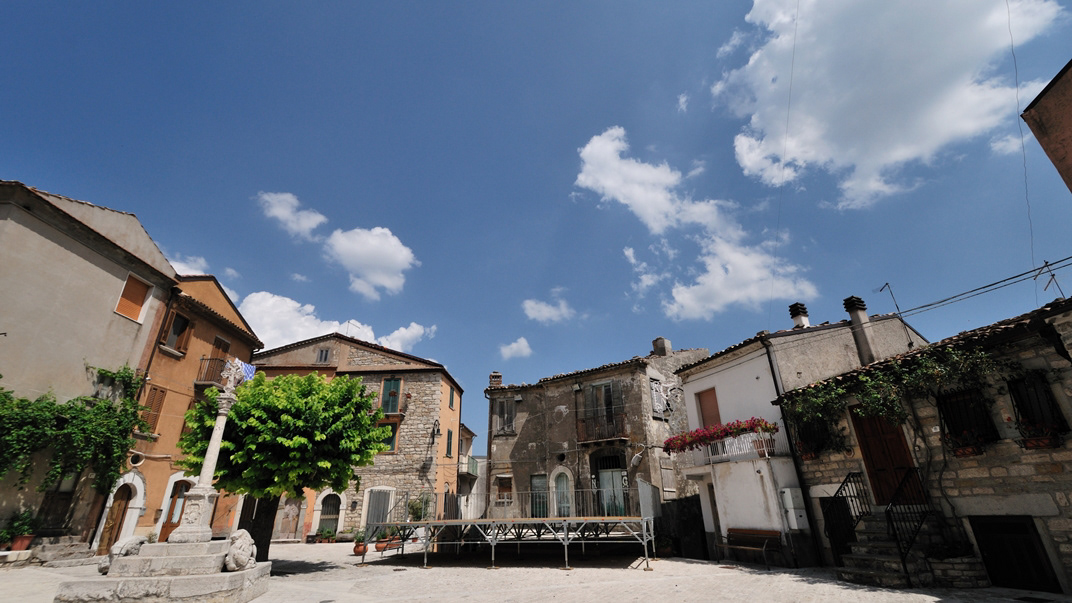
2015
Frosolone (IS)
Frosolone con i suoi 3.250 abitanti circa è situato a m 894 sul livello del mare. Visibili da lontano, mentre continuano a girare, come gigantesche girandole lasciate lì chissà da quali bambini stanchi di giocare, i pali del campo prova eolico annunciano che ci stiamo avvicinando a Frosolone e alla sua montagna. E poi i profumi, il verde, l'aria pura e pungente. L'ambiente montano è un sorprendente "mare di verde", uno scrigno prezioso che raccoglie meraviglie dove alberi secolari, stagni e laghetti, cucuzzoli e paesaggi scoscesi, rocce bianche e rifugi, sanno accogliere sapientemente valori paesaggistici (floristici e faunistici) miracolosamente inviolati fino ai nostri giorni.
Tutti i mesi dell'anno vanno bene e qualsiasi stagione è buona per visitare la montagna di Frosolone, perché ogni periodo dell'anno è buono per fruire e godere delle sue bellezze. Quassù, su questi monti, anche a più di mille metri sono riusciti a vegetare alberi di faggio e la faggeta di Monte Marchetta e di Colle dell'Orso rappresenta uno dei rari esempi in cui questa specie vegetale è riuscita a convivere felicemente con il clima di queste altitudini.
Il più grosso rappresentante vivente è il maestoso faggio del Pedalone, vero e proprio colosso botanico vecchio più di cento anni e alto più di quaranta metri. Proprio in ogni stagione dell'anno, lo spettacolo che offre il Bosco della Grisciata è davvero impareggiabile e ci accompagna fino ai verdi prati e poi alla Valle della Contessa ricoperta di arbusti di uva spina e di siepi di rosa canina.
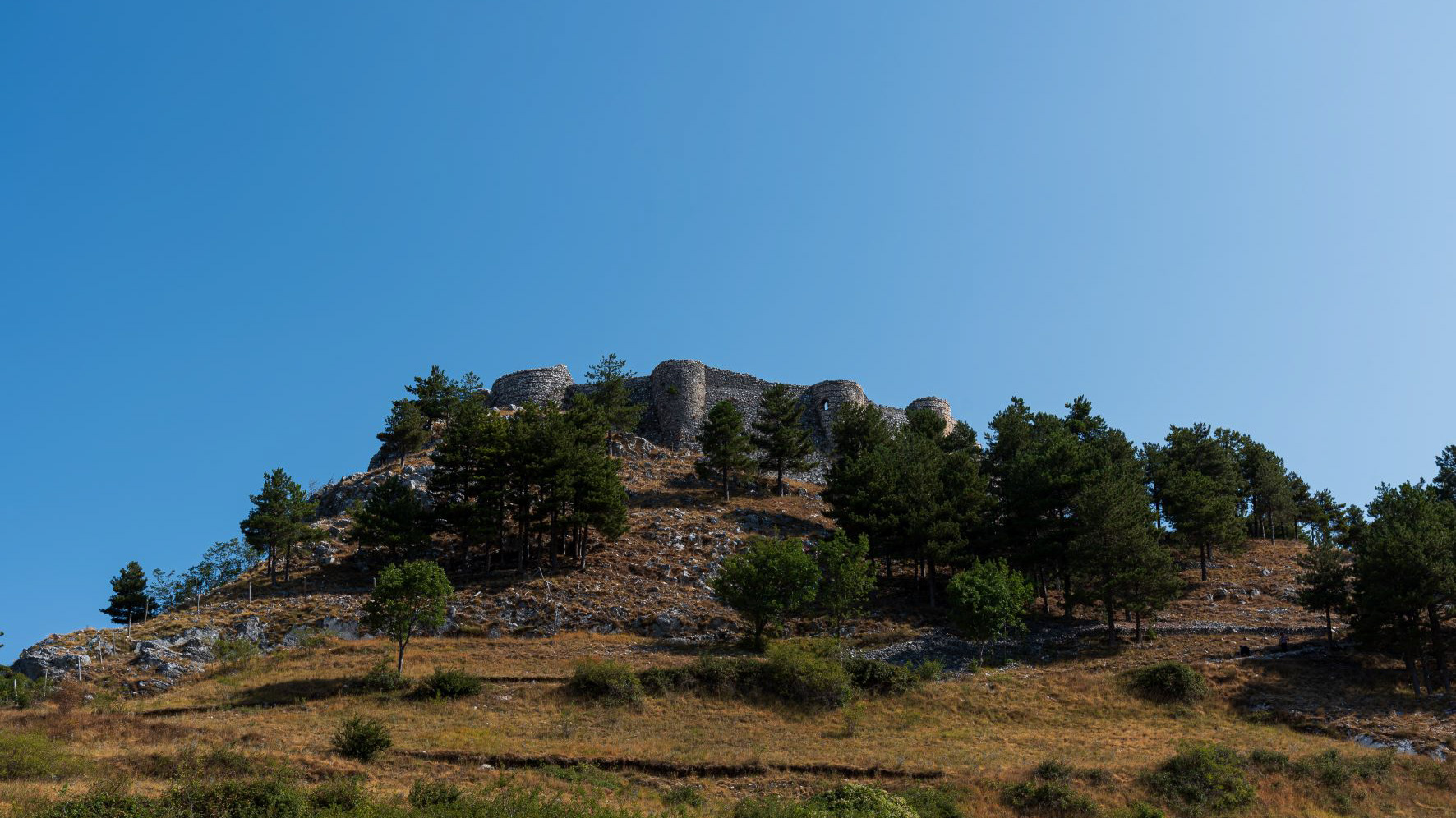
2021
Roccamandolfi. The Norman Longobard Castle
On the top of the hill on which the town is built there are the ruins of a Norman castle built on a pre-existing Lombard fortress, the subject of studies even in recent times.
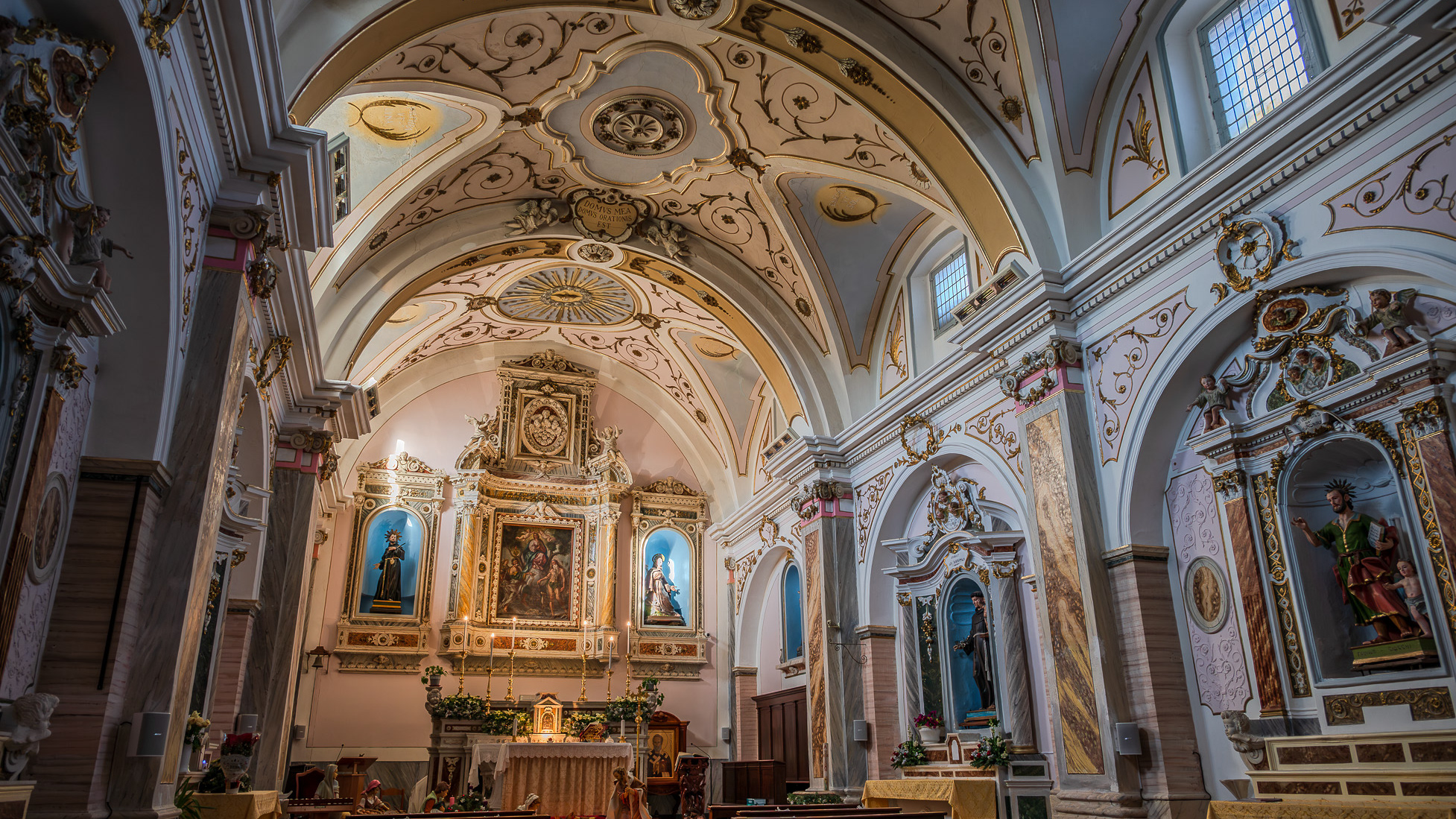
2024
Macchiagodena. Church of San Lorenzo.
The church of San Lorenzo is located near the Castle. Initially the structure was used as a convent, until it was abolished in 1866.
2023
Pescolanciano. D’Alessandro Castle
The D'Alessandro castle is a fortified structure in the municipality of Pescolanciano. The castle was built on the rocky spur (peschio) that overlooks the town near a Samnite fortification.
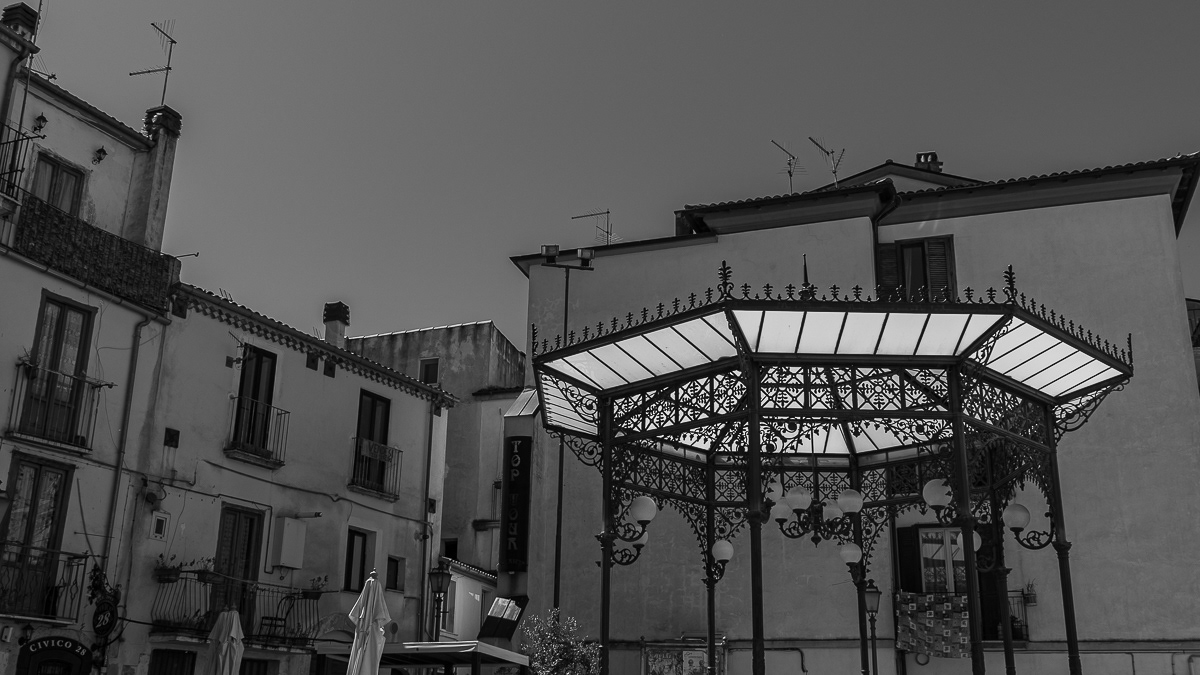
2021
Isernia, scorci
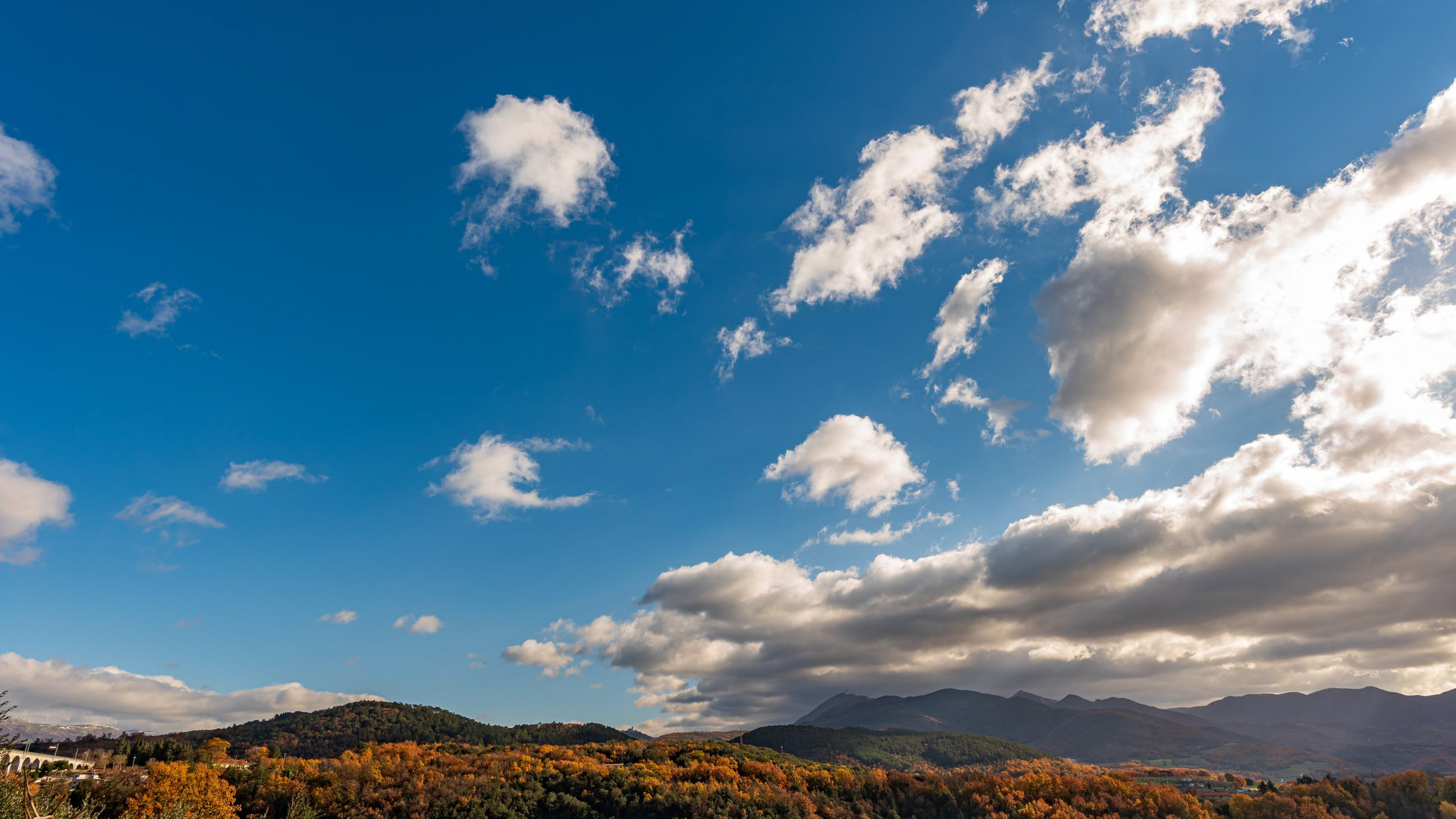
2022
Molise, autumn 2022
